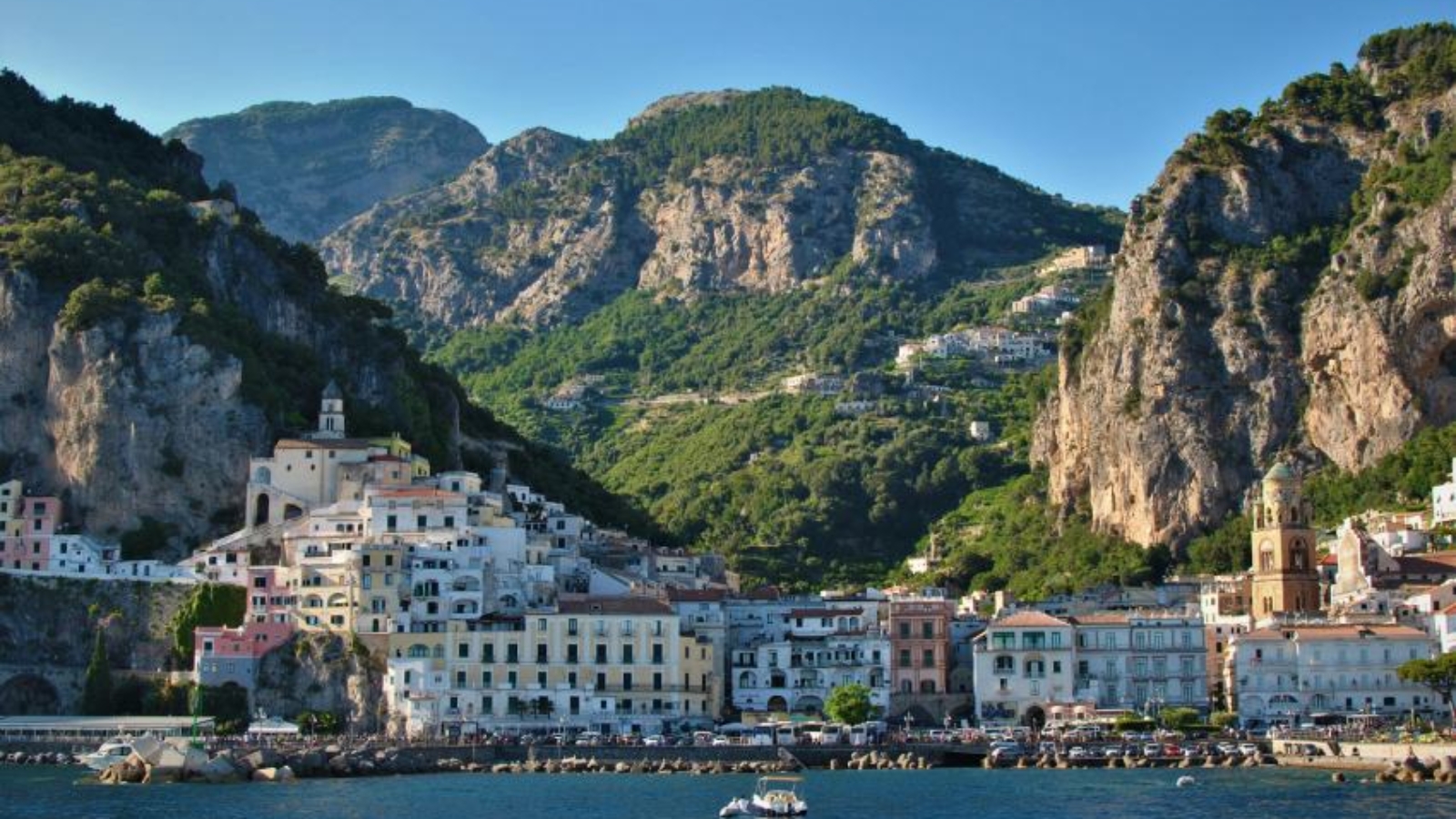Campania is home to Pompeii, Herculaneum, and Stabiae, all rich in history. Slow tourism promotes a more thoughtful approach rather than rushing through these famous sites. By moving at a slower pace, visitors can fully appreciate this region’s historical and cultural wealth. Here’s why slowing down can transform how you travel in ancient Campania.
Why Slow Tourism Suits Campania
1. Time to Appreciate History
In Pompeii, instead of a quick visit, take the opportunity to wander through the Villa of the Mysteries or the ancient Forum. This lets you connect with the depth of Roman life. Herculaneum, being less crowded, offers a quieter experience, while Stabiae’s Villa of Arianna provides a peaceful space with scenic gardens that give you room for reflection on Roman coastal life.
2. Savor Local Cuisine
Enjoying traditional food slowly gives you a deeper connection to Campania’s history. Take your time with Spaghetti alle Vongole or a Neapolitan pizza, learning about their origins as you eat. Conversations at local trattorias could even lead to recommendations or insights into local culinary secrets.
3. Hidden Gems
By slowing down, you may come across lesser-known places like Oplontis or small cafes that offer an authentic feel of the region. These quieter spots provide a more intimate experience and often reveal the area’s charm.
4. Connecting with Locals
Engaging with the community can enrich your visit. Conversations with vendors, artisans, or local families can help you learn more about traditions, festivals, or personal stories tied to the area. This deepens your understanding of the culture in a way that rushing around simply doesn’t allow.
Benefits of Slow Tourism
1. Supporting the Local Economy
By spending more time in an area, you’re likely to shop at markets and eat at family-owned restaurants. This keeps your spending within the local community, helping small businesses thrive.
2. Preserving Historical Sites
Slow tourism reduces the stress placed on historic locations. By managing the flow of visitors and spreading them out, it helps protect ancient ruins from damage and overcrowding.
3. Promoting Sustainable Travel
A slower pace usually means relying on walking or public transportation, which reduces your carbon footprint. This approach helps protect the environment while allowing you to enjoy the natural surroundings.
4. Enhancing Personal Well-Being
Taking time to relax during travel helps reduce stress and allows you to truly enjoy your experience. Slowing down can improve your overall sense of satisfaction, providing you with moments to reflect and connect more deeply with the places you visit.
Conclusion
Slow tourism offers more than just a different way to see Campania; it changes the travel experience. Visitors can enjoy a richer, more meaningful trip by taking the time to engage with the region’s history, savor its culinary traditions, and connect with the local community. This approach helps preserve the region’s ancient sites for future generations, benefits the local economy, and supports sustainable travel practices.
Whether you’re strolling through the ruins of Pompeii, enjoying a long meal at a local trattoria, or chatting with artisans at a market, slow tourism allows you to experience the heart of Campania in ways that rushing never could.
Interested in how sustainable tourism can reshape the future of travel? Visit the Dual Tourism project to discover how we’re working to promote responsible tourism and education that supports local communities and preserves cultural heritage across Europe. Join us in building a more thoughtful and inclusive way to travel.


